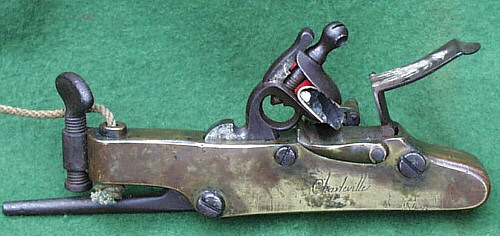hawkeye1755
54 Cal.
- Joined
- Oct 10, 2005
- Messages
- 1,775
- Reaction score
- 0
Here are four pics from a cannon flintlock.
Never saw such a flintlock before.




Did anyone know the year of these flintlock?
:hatsoff:
Never saw such a flintlock before.




Did anyone know the year of these flintlock?
:hatsoff:






